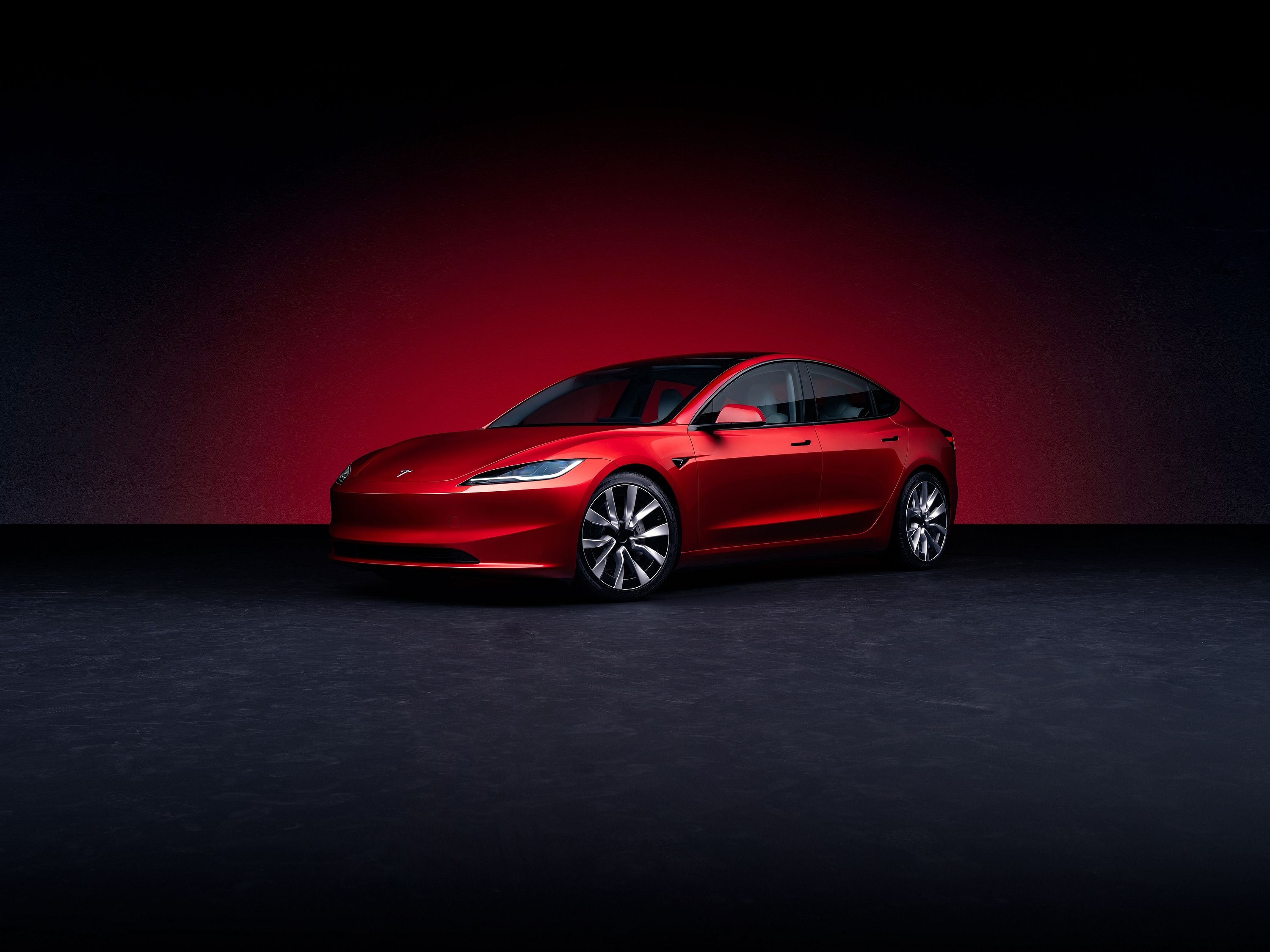
Not a day goes by without electric vehicle manufacturing giant Tesla making news headlines. If it's not CEO Elon Musk tanking the crypto-currency market, then it's the vehicles themselves spontaneously combusting. The California-based EV brand manufactures cars such as the Tesla Model 3 and Tesla Model X, and despite enjoying the lion's share of the North American EV market, is still fraught with issues, one of the more concerning ones being the fact that its cars keep burning to the ground. With firefighters warning of the costly environmental effects of EV fires, Tesla has generated some of its own statistics.
A recent study released by Tesla suggests that its cars are 11 times less likely to catch fire than petrol and diesel-powered vehicles. Tesla's 'impact report' claims that "From 2012 to 2020, there has been approximately one Tesla vehicle fire for every 205 million miles traveled. By comparison, data shows that in the US there is one ICE [internal combustion engine] vehicle fire for every 19 million miles traveled."
The report cites data gathered by the National Fire Protection Association (NFPA) and the US Department of Transportation but neglects to mention important factors such as vehicle age and mileage.
Tesla has been under investigation for a number of serious fires in recent months, and the National Fire Protection Association (NFPA) is currently sitting on a massive training backlog: over 80 percent of the nation's firefighters are untrained in combating EV fires. On top of this, water scarcity will severely impact their ability to douse EV fires which take a disproportionate amount of water to successfully bring under control compared to gas vehicle fires.
Tesla is aware of the volatility of its battery packs, and is apparently working on making them less volatile. "In the rare instances where Tesla vehicles are involved in a fire, we provide detailed information to first responders so they can safely handle those emergency situations. We continue to improve our battery chemistry, cell structure, battery pack structure and vehicle passive safety in order to decrease fire risk to as close to zero as possible," the company said in a recent statement.
